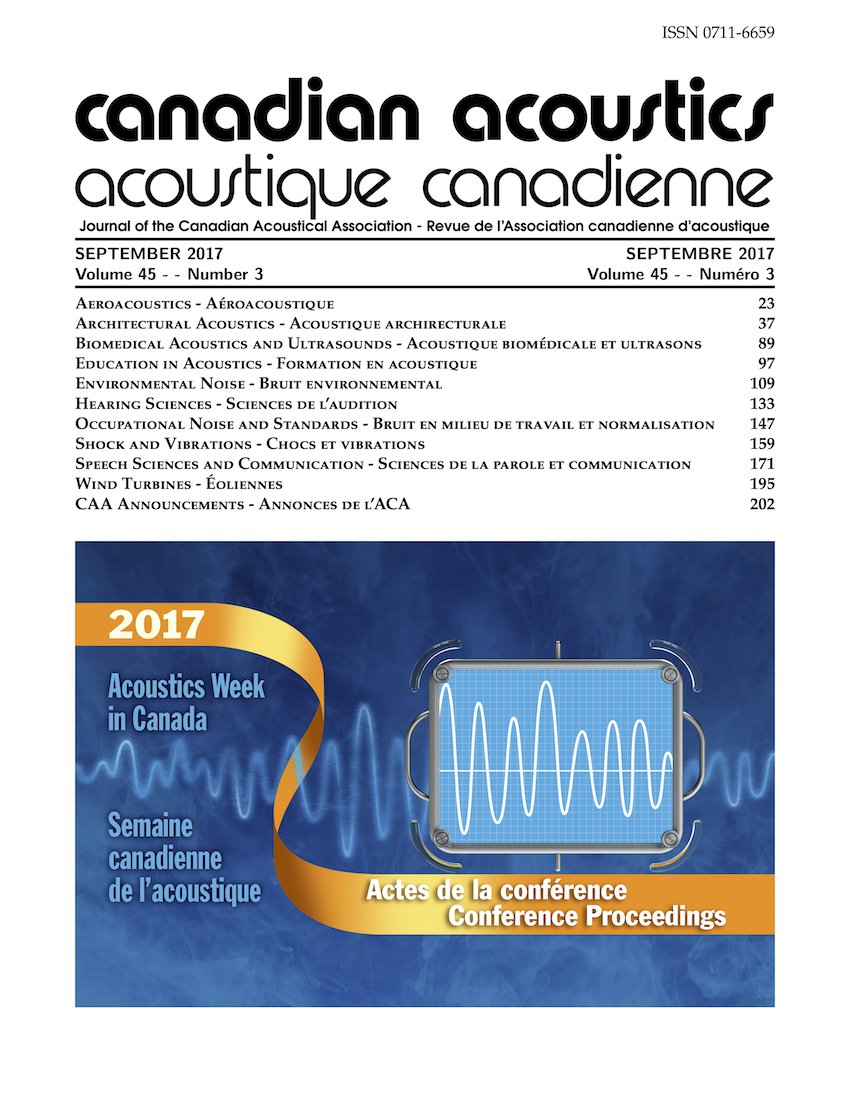An Acoustician’s Journey into Hearing Aids
Abstract
Hearing aids are a topic that touches upon a combination of disciplines to help us to hear better. One of the best centres for hearing aid progress is in Southampton at the Institute of Sound and Vibration Research (ISVR), and it has a long history of acoustical developments across a variety of disciplines. I was prescribed a pair hearing aids by an ISVR graduate and I am lucky for it. An acoustician should never be seen wearing hearing aids – that’s the popular thinking. Artists and architects may wear glasses but acousticians cannot be seen wearing hearing aids. I shall never regret the decision to move into hearing aids and I am proud to show them off. Hearing aids create a better life. Not just for adults but, much more importantly, for children who are just starting school. There is something called neuro-plasticity. The brain is a bit like a muscle and if parts of it are not exercised they fade away. Neuro-plasticity is the greatest in the younger years. And this is where hearing aids can help out, as can audiologists – as, indeed, they already have. But beyond audiology, this paper will try to present the importance of sound in a large auditorium, which the author is familiar with, and its interaction with hearing aids. It will also encourage an area where we seldom work: day care centres and elementary schools - where children are living in their most critical time to learn speech and language.Additional Files
Published
How to Cite
Issue
Section
License
Author Licensing Addendum
This Licensing Addendum ("Addendum") is entered into between the undersigned Author(s) and Canadian Acoustics journal published by the Canadian Acoustical Association (hereinafter referred to as the "Publisher"). The Author(s) and the Publisher agree as follows:
-
Retained Rights: The Author(s) retain(s) the following rights:
- The right to reproduce, distribute, and publicly display the Work on the Author's personal website or the website of the Author's institution.
- The right to use the Work in the Author's teaching activities and presentations.
- The right to include the Work in a compilation for the Author's personal use, not for sale.
-
Grant of License: The Author(s) grant(s) to the Publisher a worldwide exclusive license to publish, reproduce, distribute, and display the Work in Canadian Acoustics and any other formats and media deemed appropriate by the Publisher.
-
Attribution: The Publisher agrees to include proper attribution to the Author(s) in all publications and reproductions of the Work.
-
No Conflict: This Addendum is intended to be in harmony with, and not in conflict with, the terms and conditions of the original agreement entered into between the Author(s) and the Publisher.
-
Copyright Clause: Copyright on articles is held by the Author(s). The corresponding Author has the right to grant on behalf of all Authors and does grant on behalf of all Authors, a worldwide exclusive license to the Publisher and its licensees in perpetuity, in all forms, formats, and media (whether known now or created in the future), including but not limited to the rights to publish, reproduce, distribute, display, store, translate, create adaptations, reprints, include within collections, and create summaries, extracts, and/or abstracts of the Contribution.


